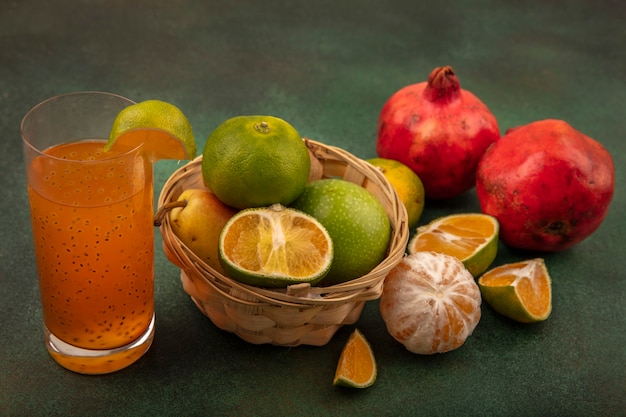Fermented milk and yogurt are unique dairy products that have been enjoyed by people for centuries. These products are created by coagulating milk without removing the whey, using specific microorganisms that stay active until consumption. These microorganisms transform lactose into lactic acid, which lowers the pH, causes caseins to coagulate, and forms a soft, loose clot.
There are two main types of fermented milk: sour milks and acid-alcoholic milks. Each type is characterized by the microbial strains used and the fermentation process.
Sour milks, such as buttermilk, yogurt, sour cream, and filmj枚lk, are produced through “homolactic” acid fermentation, where bacteria convert lactose into lactic acid. This simple process gives these products their distinct tangy flavor.
Yogurt is the most popular sour milk product and is made with two specific microbial strains – Lactobacillus bulgaricus and Streptococcus thermophilus. The ratio of these strains can affect the final taste and texture of the yogurt. For a more acidic yogurt, a 1/1 ratio is used, while a 1/2 ratio results in a creamier texture. Yogurt can be made from skimmed, partially skimmed, or whole milk.
Acid-alcoholic milks like kefir and kumis undergo “heterolactic” fermentation, which produces both lactic acid and ethyl alcohol, giving them a unique flavor profile. Kefir is a foamy milk drink made with a combination of yeasts and bacteria, including torula yeast, Lactobacillus brevis, L. casei, Leuconostac mesenteroides, and Saccharomyces cerevisiae. Kumis is made from milk fermented with a pure culture of Kumiss.
Creating fermented milk involves several steps starting with standardizing the milk’s lipid content and dry residue to ensure consistency. The milk is then homogenized and heat-treated to denature proteins and eliminate any unwanted microorganisms. Afterward, the specific microbial strains are added to start the fermentation process.
While the details may vary depending on the type of fermented milk, the essential principles remain consistent: transforming milk into a unique, flavorful product using specific microorganisms.
In summary, fermented milks offer a diverse range of flavors and textures, making them an interesting and versatile category of dairy products. Whether you prefer the tangy taste of yogurt or the complex flavor of kefir, there’s a fermented milk product for everyone.







